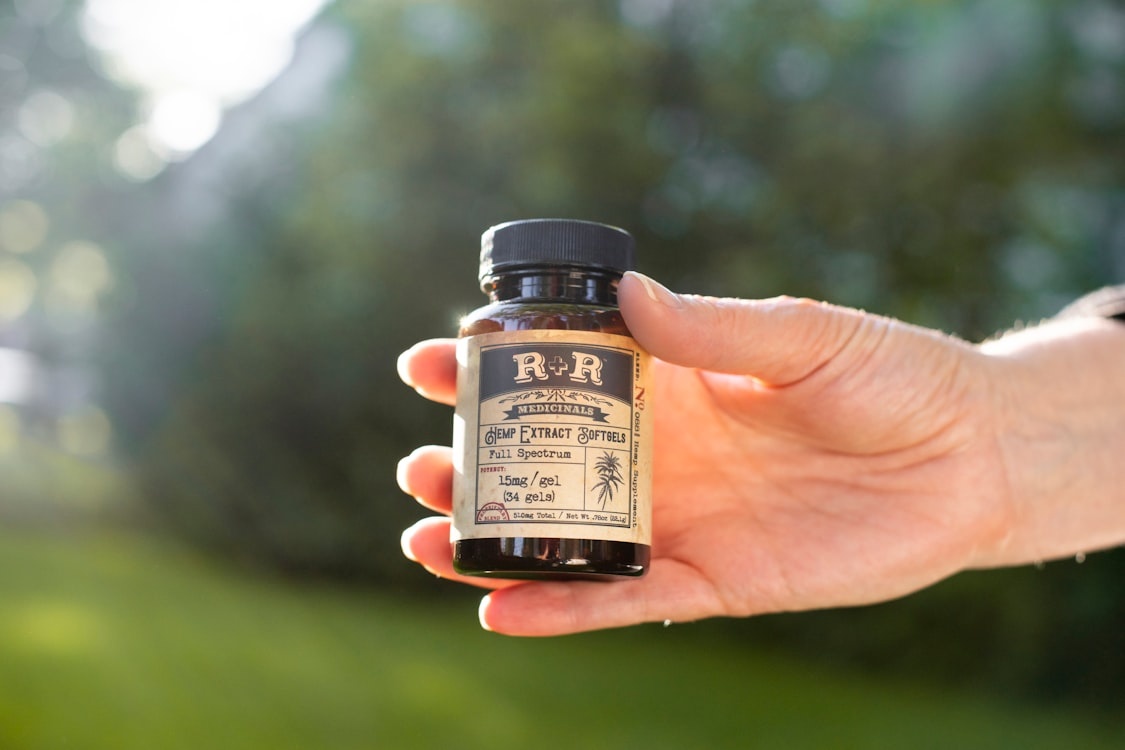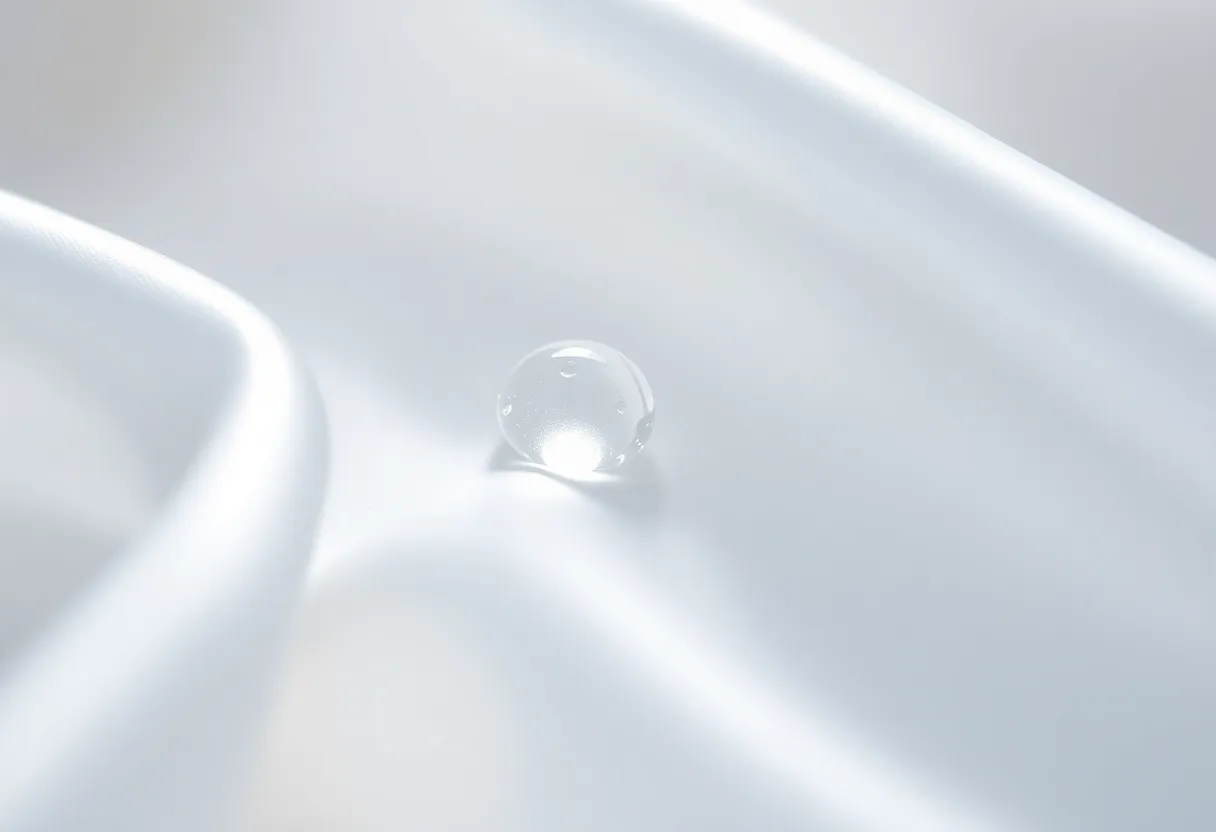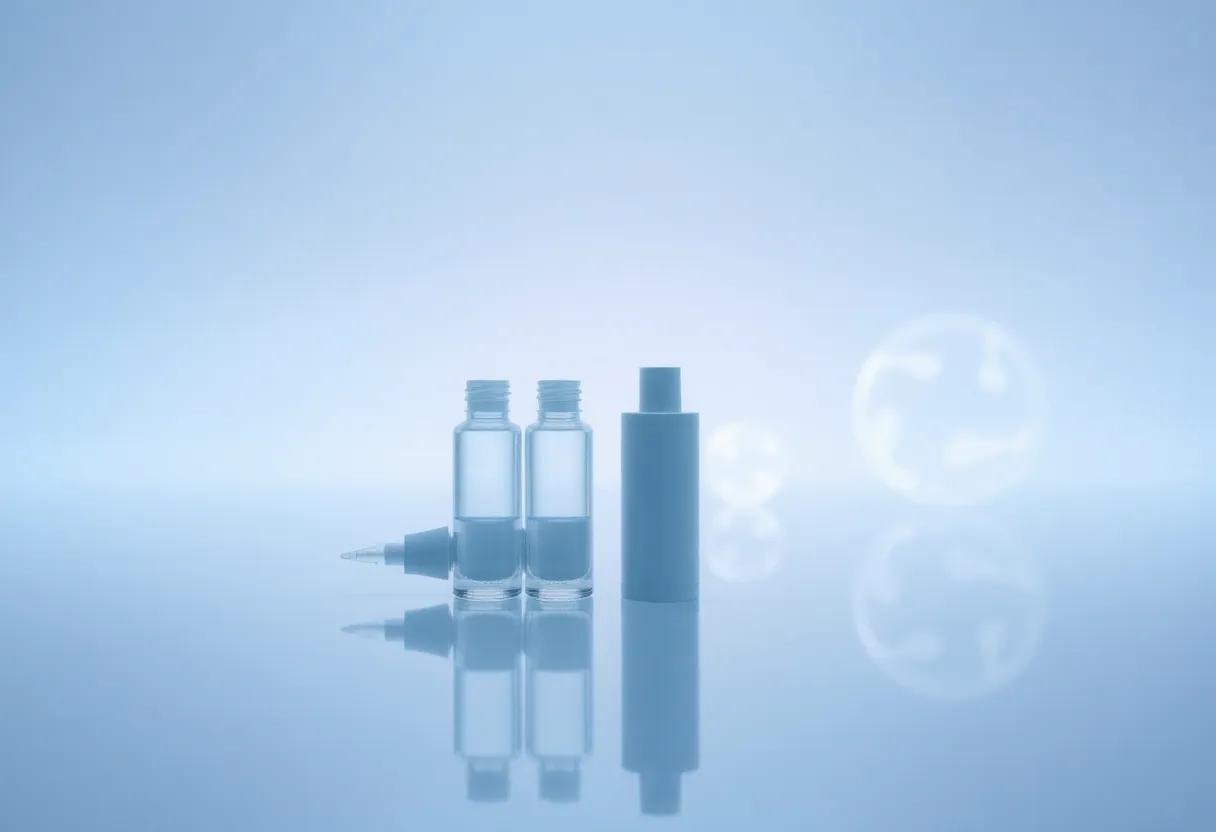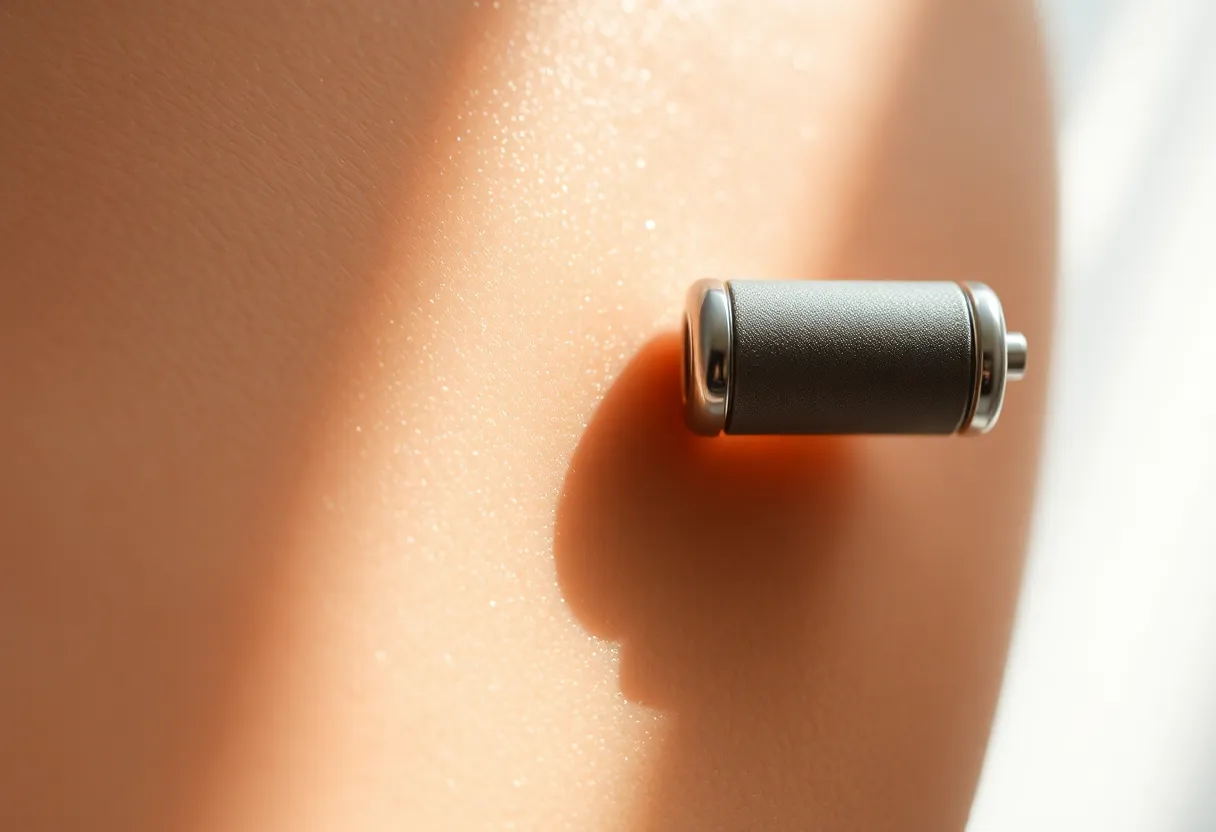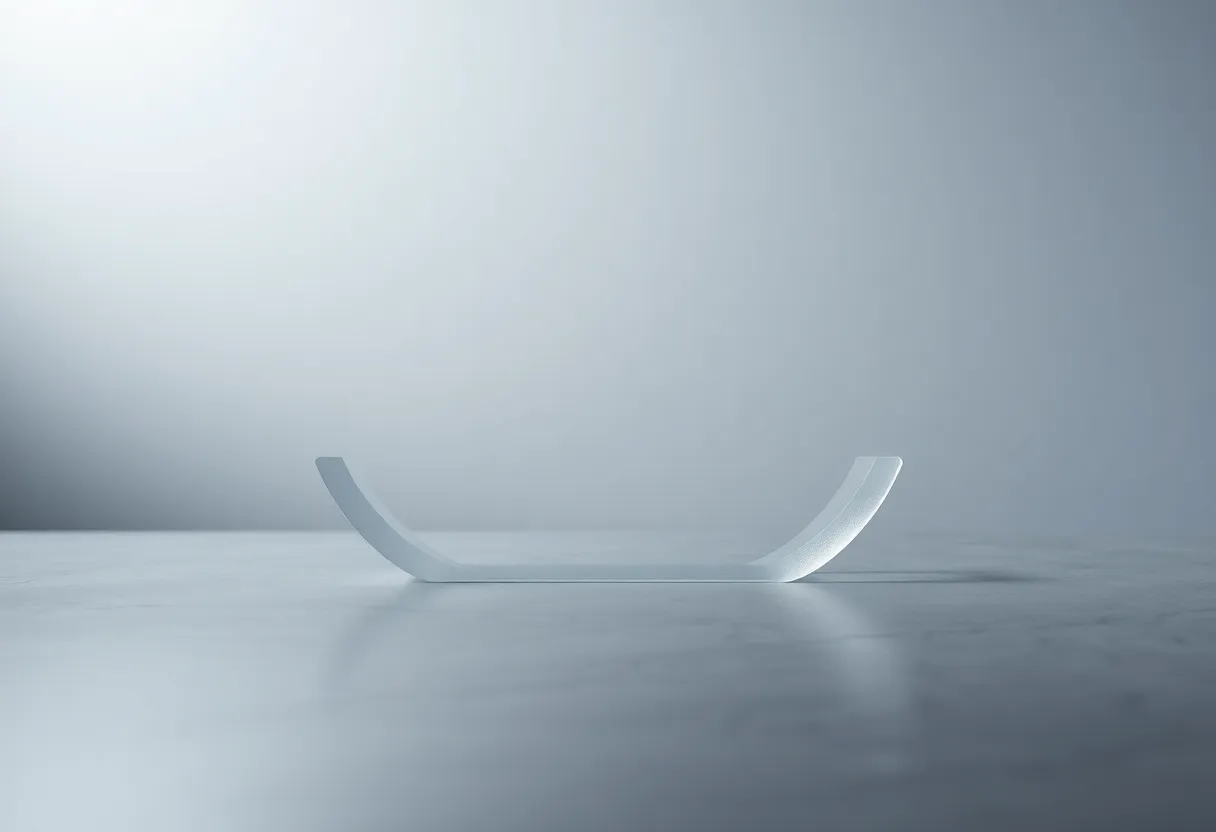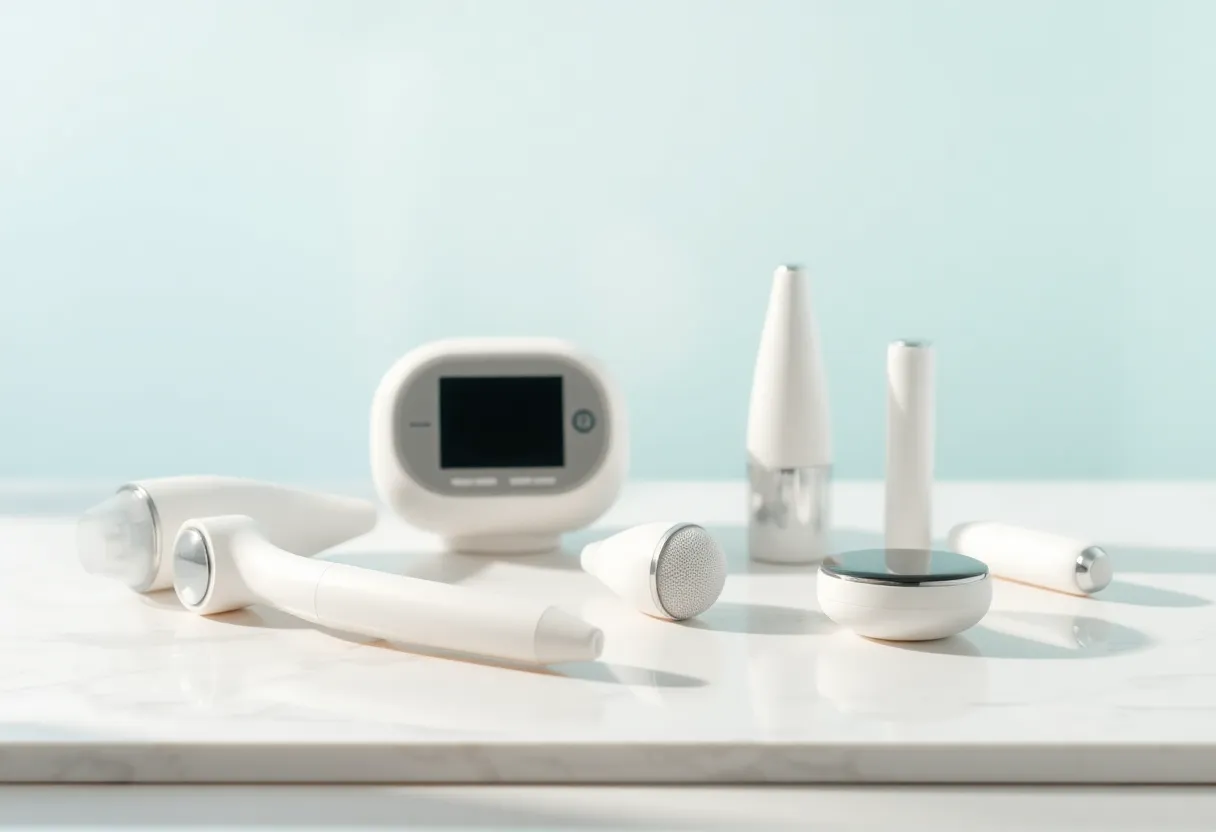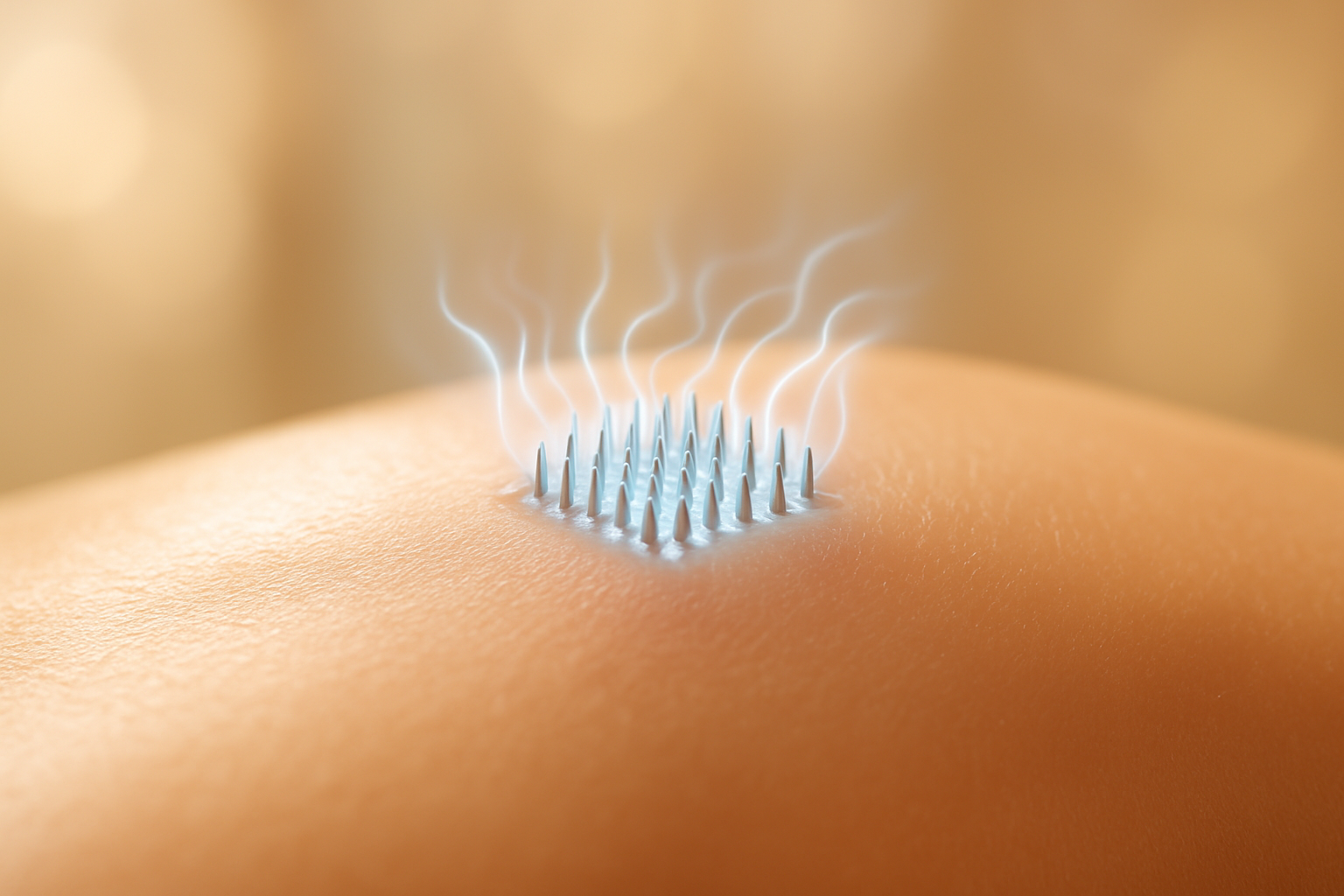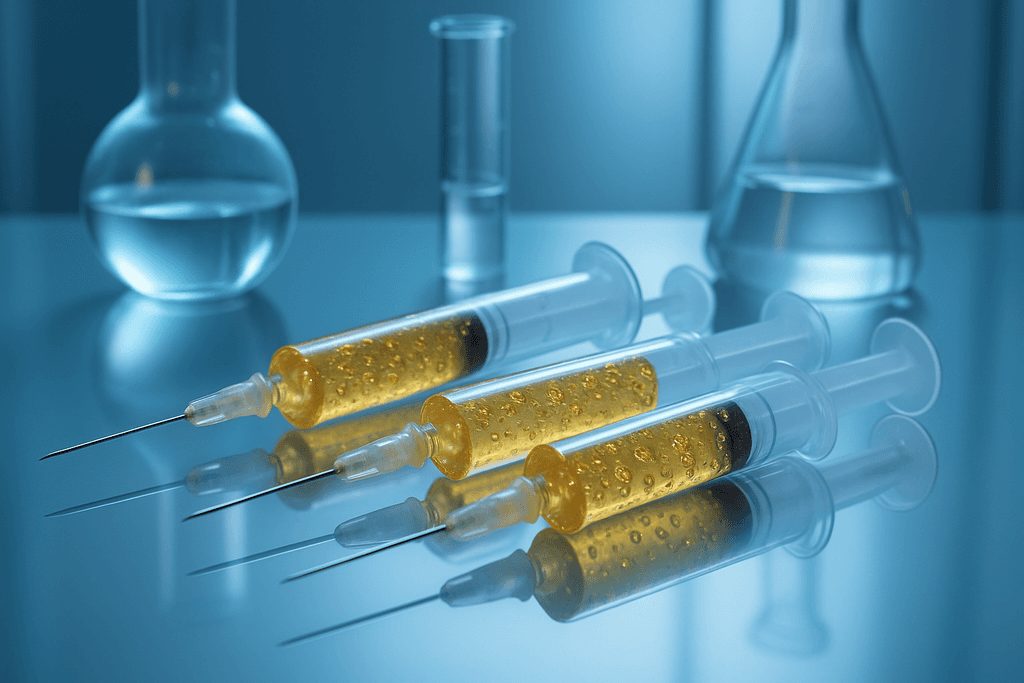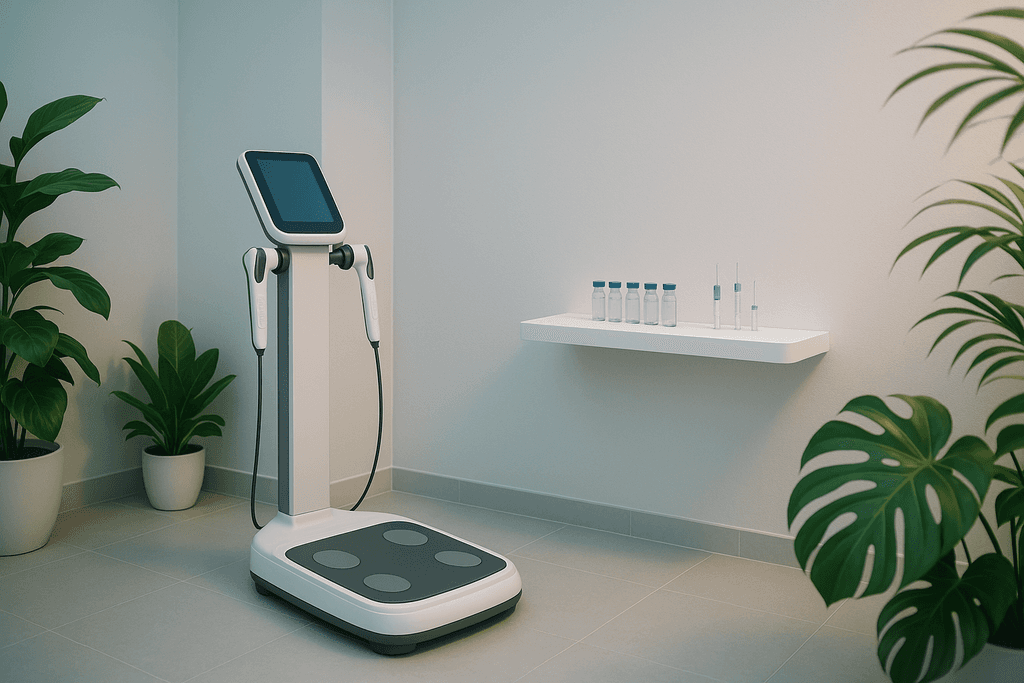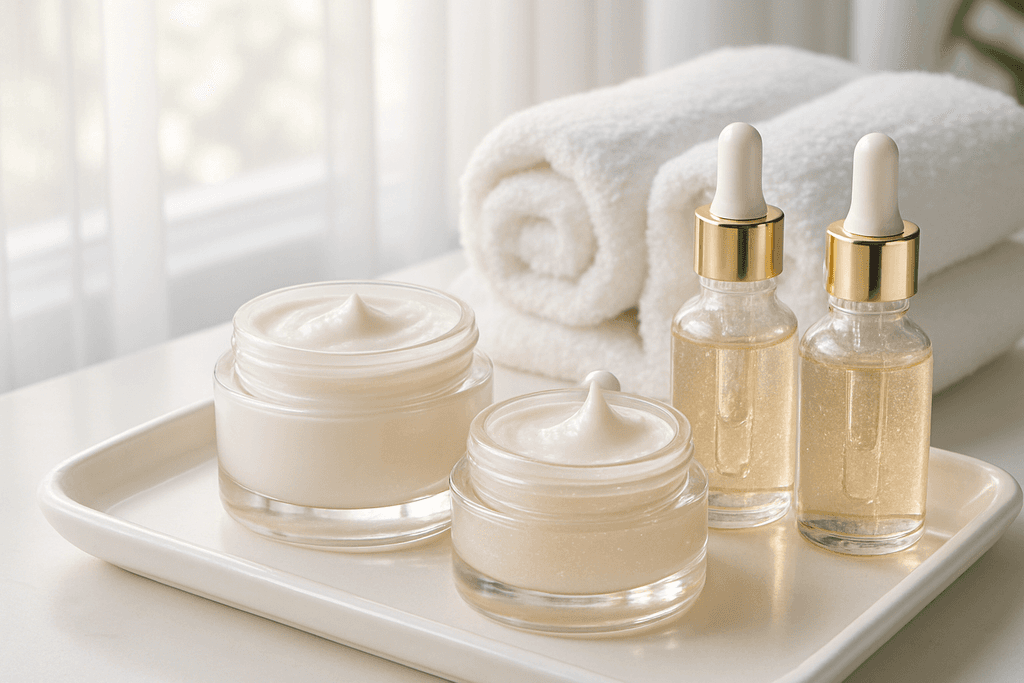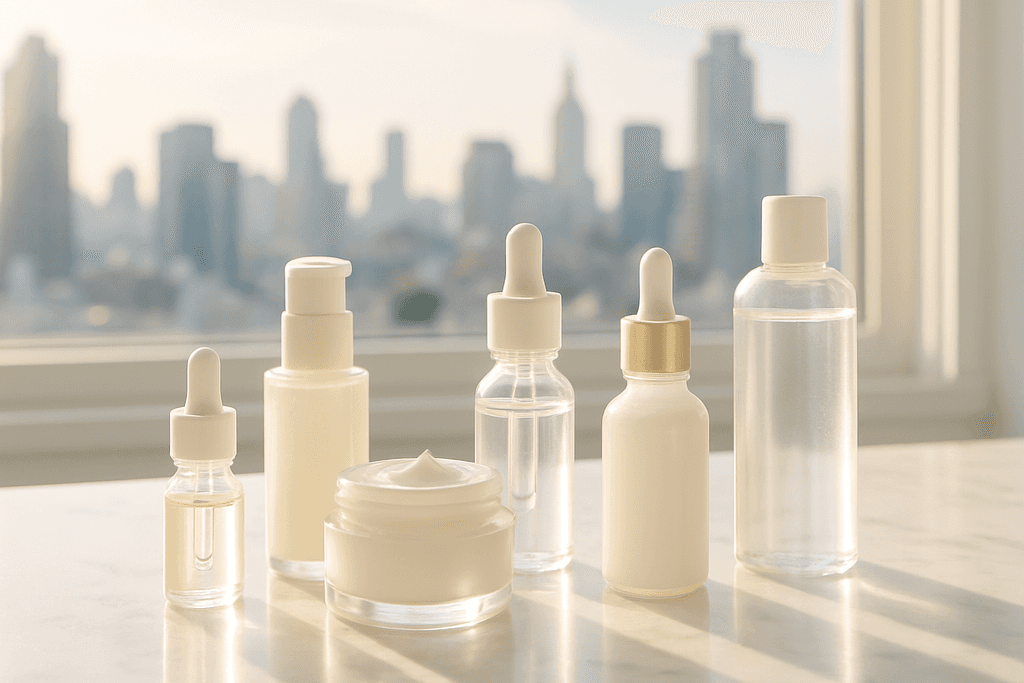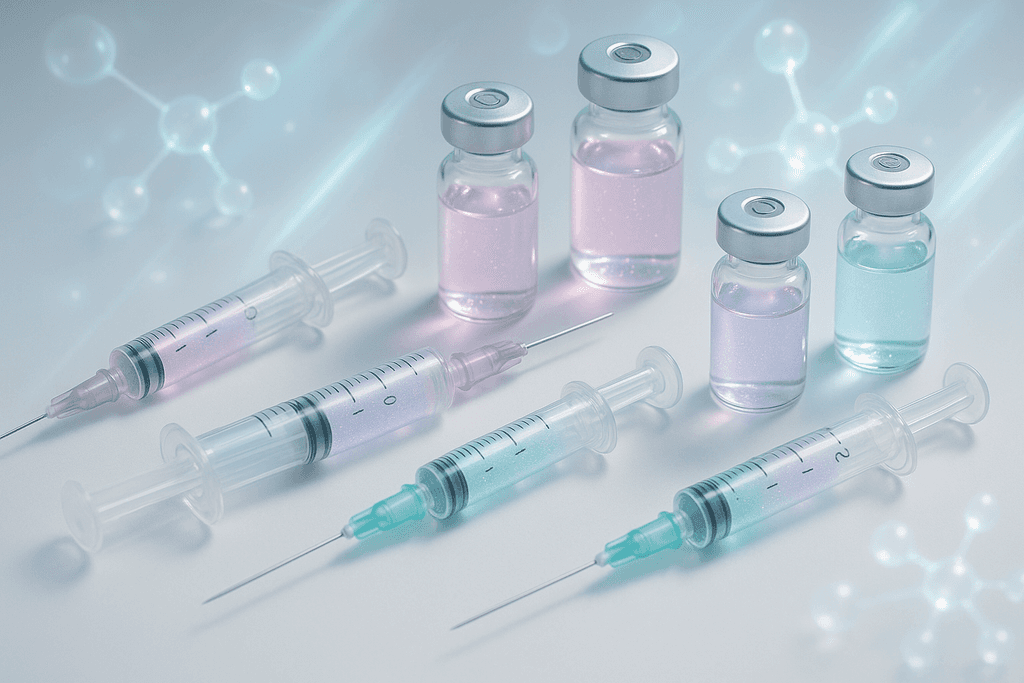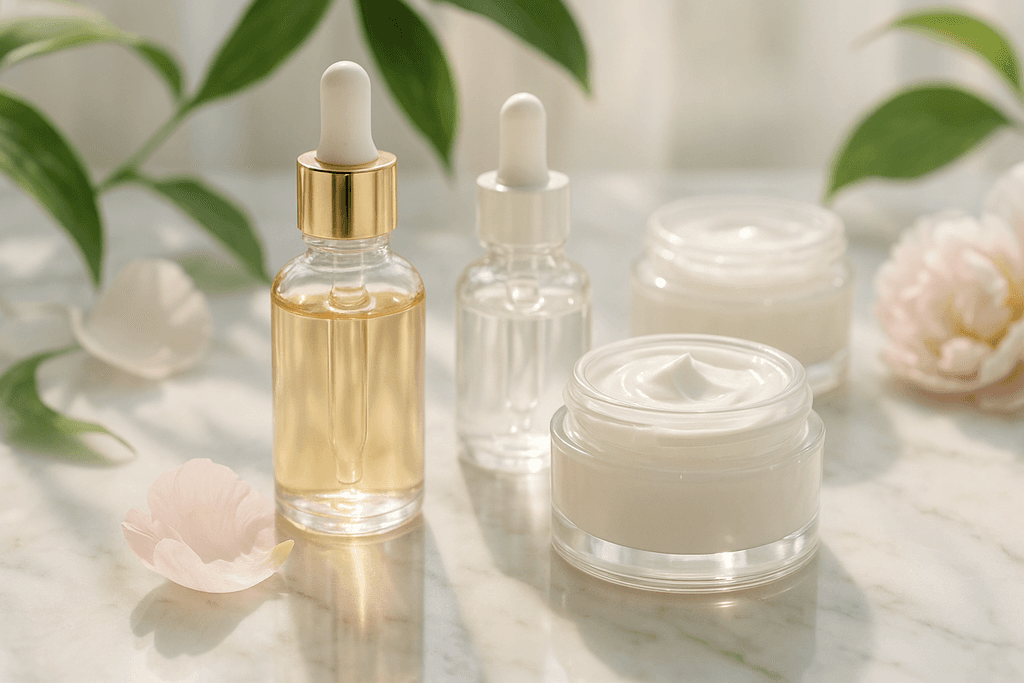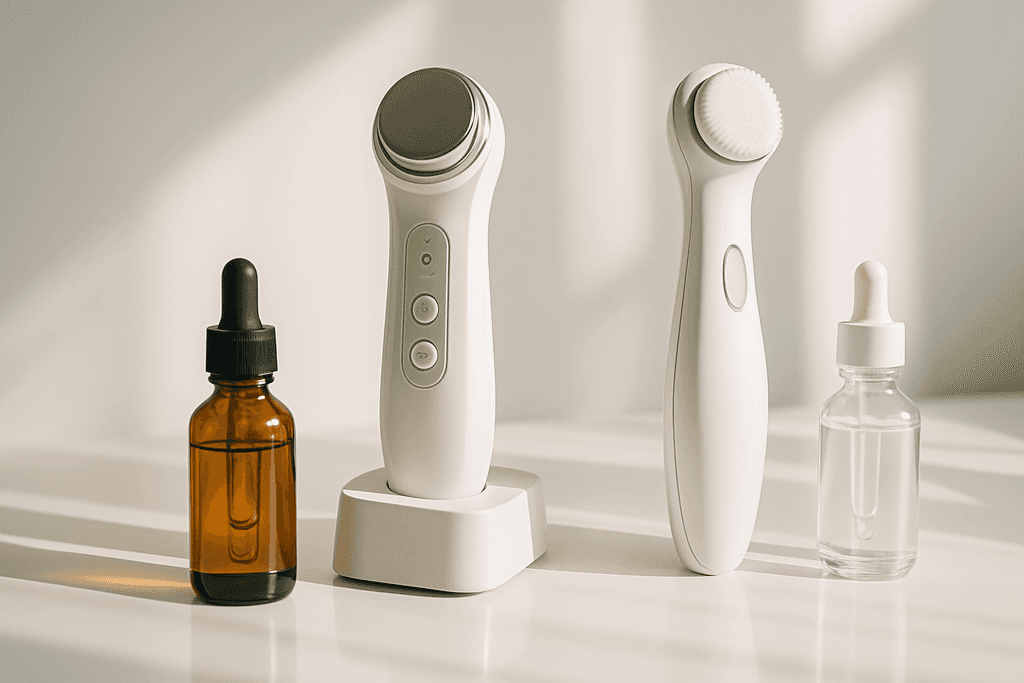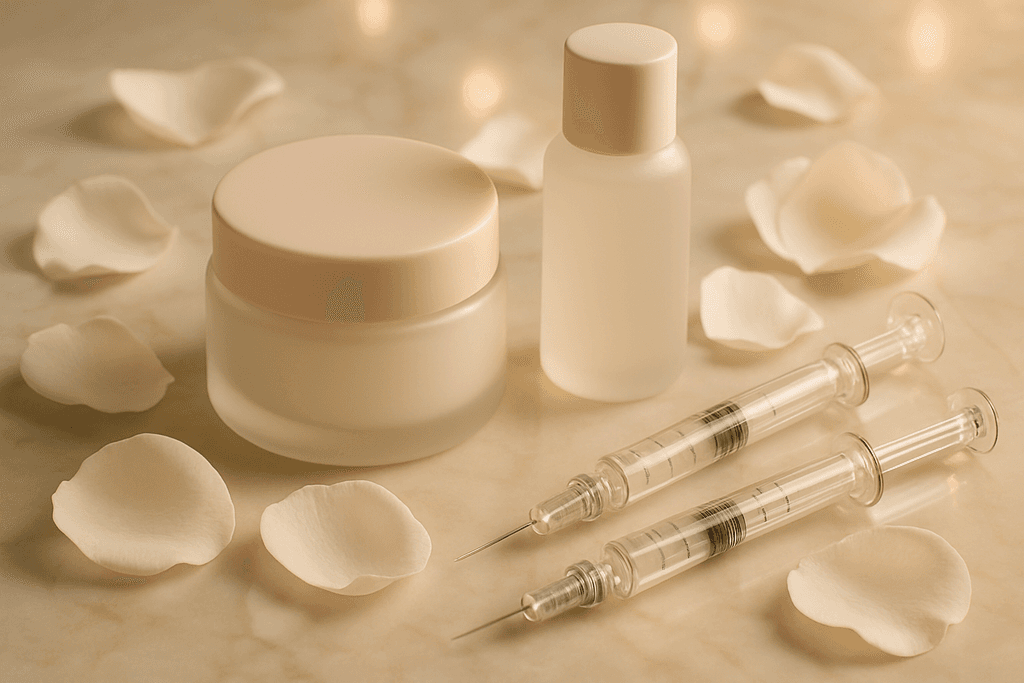That tattoo that seemed like a great idea five years ago doesn't have to be permanent anymore. Pico laser tattoo removal uses ultra-fast pulses measured in trillionths of a second to break down ink particles more effectively than older methods, working safely on all skin types with less risk of scarring. This guide walks you through everything from your first consultation at Serenity Skin NY to the aftercare steps that ensure the cleanest possible results.
Table of Contents
- How Pico Laser Differs from Traditional Removal
- Your First Consultation and What to Expect
- Preparing Your Skin Before Each Session
- The Treatment Process Step by Step
- Aftercare for the Cleanest Results
- What Makes Results Clean vs Incomplete
- Your Path to Clean Skin Starts Here
- Common Questions About Pico Laser Tattoo Removal
How Pico Laser Differs from Traditional Removal
Tattoo removal technology has come a long way from the painful, scarring methods of the past. For years, Q-switched lasers were the go-to option for getting rid of unwanted ink, but they had their limits. These older machines used nanosecond pulses, which means each burst of laser energy lasted one billionth of a second. That might sound fast, but in the world of laser technology, there's now something much quicker and more effective.

Pico laser tattoo removal works differently because it fires in picoseconds instead of nanoseconds. A picosecond is one trillionth of a second, making it 1,000 times faster than the old technology. This speed difference isn't just a fancy number—it completely changes how the laser breaks down tattoo ink in your skin.
The Science Behind Picosecond Pulses
When a Pico laser hits tattoo ink, it creates what doctors call a photoacoustic effect. Think of it like using a tiny hammer to shatter glass instead of melting it with heat. The ultra-short pulses create pressure waves that break ink particles into dust-like fragments, which your body can then remove naturally through its lymphatic system.
Traditional Q-switched lasers rely more on heat to break down ink. This photothermal effect works, but it also damages more of the surrounding skin tissue. That's why older laser treatments often needed longer recovery times and came with higher risks of scarring or skin texture changes.
The benefits of this newer approach include:
- Less heat damage to surrounding skin tissue
- Faster healing times between sessions
- Better results on stubborn ink colors
- Reduced risk of scarring or hyperpigmentation
Comparing Pico to Traditional Lasers
The differences between these two technologies show up in real results. Pico laser systems can tackle colors that older lasers struggled with, especially blues and greens. These colors have always been the hardest to remove because they reflect certain wavelengths of light that traditional lasers couldn't handle well.
Here's how the two technologies stack up against each other:
Pico Laser vs Traditional Q-Switched Laser
Pulse Duration:
Pico Laser: Picoseconds (trillionths of a second)
Q-Switched: Nanoseconds (billionths of a second)
Ink Breaking Method:
Pico Laser: Photoacoustic pressure waves
Q-Switched: Photothermal heat-based
Heat Damage to Skin:
Pico Laser: Minimal
Q-Switched: Moderate to high
Sessions Typically Needed:
Pico Laser: 4-8 treatments
Q-Switched: 8-12+ treatments
Effectiveness on Blues/Greens:
Pico Laser: Excellent
Q-Switched: Limited
Recovery Time:
Pico Laser: 3-5 days
Q-Switched: 7-14 days
Scarring Risk:
Pico Laser: Very low
Q-Switched: Low to moderate
Why Stubborn Colors Respond Better
Different ink colors absorb different wavelengths of light. Black and dark blue inks are easiest to remove because they absorb almost all wavelengths. But bright blues, greens, and yellows reflect most light wavelengths, making them harder to target.
Pico lasers solve this problem in two ways. First, the ultra-short pulses create such intense pressure that they can shatter particles regardless of color. Second, many Pico systems like the one used at Serenity Skin NY can switch between multiple wavelengths during treatment, targeting different colors more precisely.
The preparation process matters too. According to experts at Rethink Laser Tattoo Removal, proper skin preparation can improve results and reduce side effects. This includes avoiding sun exposure, staying hydrated, and following your provider's specific instructions before each session.
What makes this technology particularly useful is how it handles layered or dense tattoos. Professional tattoos often have multiple layers of ink packed tightly together. The photoacoustic effect can reach deeper layers without overheating the surface, which means better clearance with fewer treatments overall.
Your First Consultation and What to Expect
Most people don't realize that no two tattoos fade the same way, which is exactly why your first consultation matters so much. When you come in for your initial visit at Serenity Skin NY, the team takes time to really look at your tattoo and understand what you're working with. They'll examine your skin type, the tattoo's colors, how deep the ink sits, and where it's located on your body. All of these factors play a huge role in how your treatment plan gets mapped out.

Your First Consultation and What to Expect
The age of your tattoo matters more than you might think. Older tattoos often respond better to treatment because the ink has already started breaking down naturally over time. Professional tattoos with dense ink typically need more sessions than amateur ones.
- Black and dark blue inks usually clear fastest
- Green, yellow, and light blue can be stubborn
- Location affects healing time (areas with better circulation respond better)
- Your immune system does most of the actual ink removal work
- Skin tone influences which laser settings work best
During your consultation, you'll get a realistic timeline for your specific tattoo. Some people need as few as three sessions, while complex or colorful pieces might require eight to twelve treatments spaced several weeks apart. The spacing isn't arbitrary either, your body needs time between sessions to flush out the shattered ink particles.
Questions worth asking include how many sessions similar tattoos have needed, what kind of fading to expect after each treatment, and whether your skin type presents any special considerations. The team at Serenity Skin NY walks you through all of this during your first visit, so you know exactly what you're signing up for.
What to Bring to Your First Consultation
- List of current medications and supplements
- Photos of the tattoo in different lighting if possible
- Questions about timeline and expectations
- Information about any skin conditions or sensitivities
- Your schedule for planning treatment spacing
Preparing Your Skin Before Each Session
The work actually starts weeks before you sit down for treatment. Sun exposure is your biggest enemy when it comes to Pico laser tattoo removal, so you'll need to keep the tattooed area covered or use high SPF sunscreen for at least four to six weeks before each session. Tanned or sunburned skin can't be treated safely because the laser might target the extra pigment in your skin instead of just the tattoo ink.
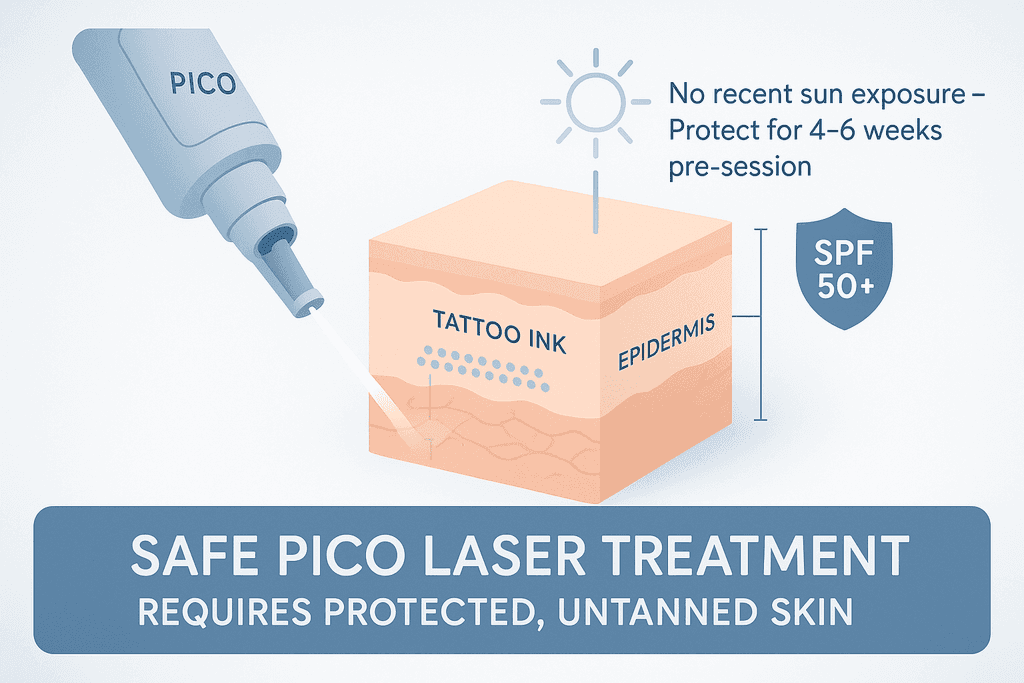
Preparing Your Skin Before Each Session
Certain medications and supplements can increase your risk of bruising or bleeding during treatment. Blood thinners, aspirin, ibuprofen, fish oil, and vitamin E all fall into this category. You'll want to stop taking these about a week before your appointment, but always check with your doctor first if you're on prescription medications.
- Skip the gym spray tan or self-tanner for at least two weeks
- Don't apply any lotions, creams, or makeup on treatment day
- Drink plenty of water in the days leading up to your session
- Avoid alcohol for 24 hours before treatment
- Eat a good meal beforehand so you don't feel lightheaded
Hydration actually helps your body clear ink more efficiently, according to research on optimizing laser tattoo removal. Your lymphatic system needs water to flush out those broken-down ink particles, so drinking extra water isn't just good general advice.
What you wear matters too. Choose clothing that gives easy access to the tattoo area without being too tight or restrictive. Loose, comfortable clothes work best since your skin might be sensitive after treatment.
Pre-Treatment Preparation Timeline
- 4-6 weeks before: Start avoiding sun exposure and tanning
- 1 week before: Stop blood-thinning supplements (with doctor approval)
- 48 hours before: Increase water intake significantly
- 24 hours before: Avoid alcohol consumption
- Day of treatment: Clean skin, no products, comfortable clothing
The Treatment Process Step by Step
Walking into your first Pico laser session can feel a bit nerve-wracking, but knowing what happens helps. The process starts with numbing cream applied to your tattoo about 30 to 45 minutes before the laser work begins. This wait time lets the numbing agent really sink in so you're as comfortable as possible. Some people describe the sensation as similar to a rubber band snapping against skin, while others barely feel anything at all.
Once you're numb, you'll put on protective eyewear because the laser is incredibly bright. The technician cleans your skin one more time to make sure there's nothing between the laser and your tattoo. Then the actual treatment begins, and this is where the Pico laser technology really shows what it can do.
The laser fires in picoseconds, which are trillionths of a second. These ultra-short pulses shatter ink particles into tiny fragments without heating up surrounding tissue much. You'll hear a snapping sound with each pulse, and you might smell something slightly burnt, which is totally normal.
- Small tattoos take 5-10 minutes to treat
- Medium pieces need 15-30 minutes
- Large or complex tattoos can take 45 minutes or more
- The laser passes over each area multiple times
Right after the laser hits your skin, you'll notice something called frosting, which looks like a white coating over the tattoo. This happens because the laser creates tiny gas bubbles under your skin as it breaks up the ink. The frosting fades within minutes and actually means the treatment is working. Your skin will look red and might feel warm, similar to a sunburn.
The session ends with cooling gel or ice packs to calm your skin down, followed by a protective bandage. The whole experience at Serenity Skin NY is designed to be as comfortable as possible, with the team checking in throughout to make sure you're doing okay.
Aftercare for the Cleanest Results
What you do after treatment matters just as much as the laser session itself. The first 24 to 48 hours are critical for preventing infection and getting the best results. Keep the treated area clean and dry, which means no swimming, hot tubs, or soaking baths during this initial period. Quick showers are fine, but don't let the water beat directly on the tattoo.
Your skin will probably feel tender and look red or swollen for a few days. Some people develop blisters, which is actually a normal part of healing. Don't pop them, they're protecting the skin underneath while it repairs itself.
- Apply a thin layer of antibiotic ointment 2-3 times daily
- Keep the area covered with a clean bandage for the first few days
- Take over-the-counter pain relievers if needed
- Avoid picking at scabs or peeling skin
- Watch for signs of infection like increasing pain, pus, or fever
Sun protection becomes even more important after treatment. Your skin is vulnerable and exposed to UV rays can cause permanent pigmentation changes. Cover the area or use SPF 50+ sunscreen every single day, even when it's cloudy. This continues throughout your entire treatment series and for several months after your final session.
You'll need to skip intense workouts for about 48 hours because sweating and friction can irritate the treated skin. After that, you can gradually return to normal activities, just keep the area clean and protected. Clinical research on laser tattoo removal shows that proper aftercare significantly impacts how well ink clears and how your skin heals.
Sessions are typically spaced six to eight weeks apart to give your immune system time to clear out the shattered ink particles. Rushing this process doesn't speed up results, it just increases your risk of scarring or poor outcomes. The team at Serenity Skin NY monitors your progress between sessions and adjusts timing based on how your specific tattoo responds.
Day-by-Day Aftercare Guide
- Days 1-2: Keep bandaged, apply ointment, no water exposure
- Days 3-5: Continue ointment, watch for blisters, gentle cleaning
- Days 6-10: Scabs may form, don't pick, moisturize regularly
- Weeks 2-4: Skin continues healing, maintain sun protection
- Weeks 4-8: Ink continues fading, prepare for next session
The support doesn't end when you leave the treatment room. If anything looks or feels wrong during healing, you can always reach out to the team. They've seen it all and can tell you whether what you're experiencing is normal or needs attention.
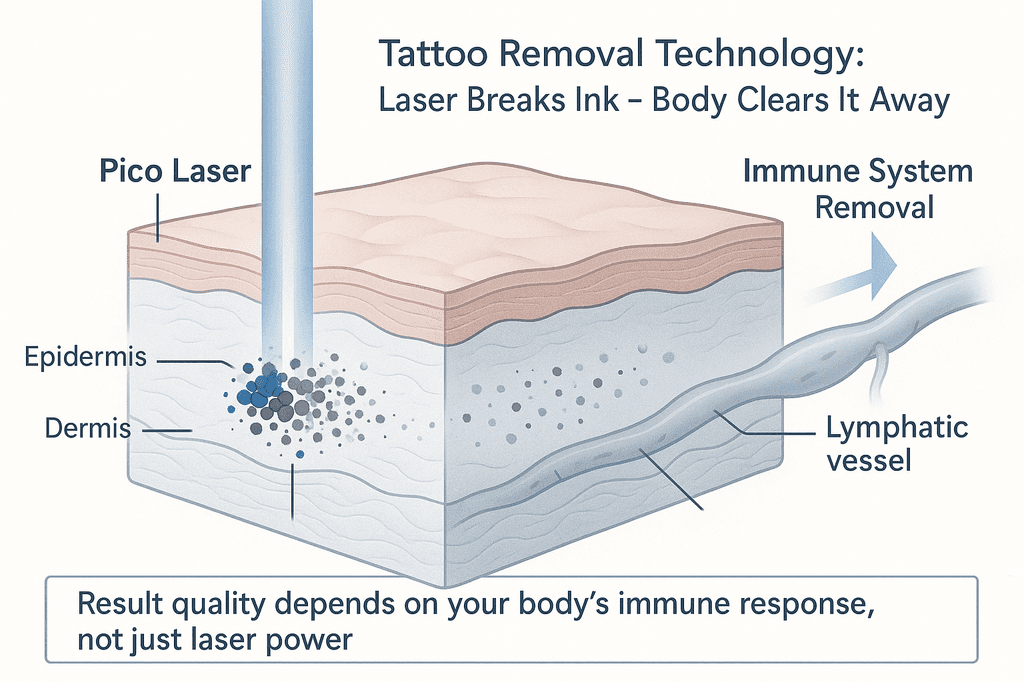
What Makes Results Clean vs Incomplete
Your body does most of the heavy lifting when it comes to tattoo removal, not just the laser. After Pico laser tattoo removal shatters ink particles into tiny fragments, your immune system has to recognize them as foreign material and flush them out through your lymphatic system. This is why two people with identical tattoos can see completely different results—their bodies process and eliminate ink at different rates. The laser breaks down the ink, but your white blood cells are what actually carry it away. If your immune system isn't working at full capacity, you'll see slower fading and might need more sessions to get clean results.
Factors That Help Complete Removal
- Strong immune function from regular exercise and good nutrition speeds up ink clearance between sessions
- Proper hydration (at least 8 glasses daily) helps your lymphatic system flush out shattered particles
- Older tattoos with faded ink respond faster because the particles have already started breaking down naturally
- Amateur tattoos placed in shallow skin layers clear more easily than deep professional work
- Black and dark blue inks absorb laser energy most efficiently and fade quickest
Factors That Hinder Complete Removal
- Smoking restricts blood flow and slows down your body's ability to clear ink by up to 70%
- Bright colors like yellow, green, and light blue require more sessions because they reflect certain laser wavelengths
- Professional tattoos with dense, deep ink deposits take longer to break down completely
- Poor overall health or compromised immune systems struggle to eliminate fragmented ink particles
- Tattoos on areas with less blood flow (hands, feet, ankles) clear slower than well-circulated areas
The Definitive 2024 Guide to Tattoo Removal explains how ink depth and composition directly impact removal success rates. Most people need touch-up sessions because tattoo ink isn't uniform—some areas have denser pigment or sit deeper in the skin. At Serenity Skin NY, our Pico laser system adjusts to target these stubborn spots during follow-up treatments.
Setting realistic expectations matters more than anything else. A small black ankle tattoo might disappear in 4-6 sessions, while a colorful sleeve could take 12-15 treatments for complete removal. Your lifestyle choices between sessions make a real difference in how fast you see clean skin again.
Your Path to Clean Skin Starts Here
Getting rid of unwanted tattoos doesn't have to be a long, painful process anymore. Pico laser tattoo removal breaks down ink particles faster and more completely than older methods, which means fewer sessions and better results for most people. The technology works with your body's natural healing process instead of fighting against it, and that makes all the difference when you're trying to get back to clean skin.
But here's the thing about laser treatments. The machine is only part of the equation. The person operating it matters just as much, maybe even more.
At Serenity Skin NY, we start every tattoo removal journey with a detailed consultation because no two tattoos are exactly alike. Our team looks at your ink color, skin type, and how deep the tattoo sits before creating a personalized treatment plan. We use Pico laser technology to target stubborn ink while protecting the surrounding skin, and we adjust the approach as your tattoo fades over time.
Cost is a real concern for most people considering removal. That's why we offer flexible payment plans through Cherry, so you can break up the investment into manageable monthly payments instead of paying everything upfront.
The best way to know what your specific tattoo needs is to come in and talk with us. Book a consultation at our Rego Park location or call us at (570) 634-5716 to get started. We'll answer your questions, show you what's possible, and map out exactly what it'll take to get the results you want.
Common Questions About Pico Laser Tattoo Removal
Getting a tattoo removed brings up a lot of questions, especially if you've never done it before. Most people want to know what to expect before they commit to the process. Here are the answers to the most common concerns we hear from clients considering Pico laser tattoo removal at our Rego Park medspa.
How much does Pico laser tattoo removal hurt?
Most people describe the sensation as similar to getting the tattoo in the first place, but much faster. The Pico laser works in quick pulses, so each session is relatively short. Many clients say it feels like a rubber band snapping against the skin, and we can apply numbing cream beforehand to make you more comfortable.
How many sessions will I need for complete removal?
The number of sessions depends on your tattoo's size, colors, age, and depth. Most tattoos require between 4 to 10 sessions for complete removal, though some fade significantly after just a few treatments. Older tattoos and those with black ink typically respond faster than newer, colorful ones. During your consultation at Serenity Skin NY, we'll assess your specific tattoo and give you a realistic timeline.
Can Pico laser remove all tattoo colors?
Pico laser technology works on a wider range of colors than older laser methods. Black and dark blue inks respond best to treatment, while colors like green, yellow, and light blue can be more stubborn. The Pico laser breaks down ink particles into tiny fragments that your body can naturally eliminate, making it effective for most professional tattoos.
Is there any downtime after treatment?
Downtime is minimal with Pico laser tattoo removal. You might notice some redness, swelling, or light blistering immediately after your session, but these effects usually fade within a few days. Most people return to their normal activities right away, though you'll need to keep the area clean and protected from sun exposure while it heals.
Will my tattoo removal leave a scar?
Pico laser technology is designed to minimize scarring by using ultra-short pulses that target ink without damaging surrounding skin tissue. If your tattoo already has scarring from the original application, that may remain visible. Following proper aftercare instructions significantly reduces any risk of new scarring from the removal process.
How long should I wait between sessions?
We typically recommend waiting 6 to 8 weeks between Pico laser sessions. This gives your body enough time to flush out the broken-down ink particles and allows your skin to fully heal. Spacing treatments properly leads to better results and reduces the risk of complications, even though it means the overall process takes several months to complete.






















